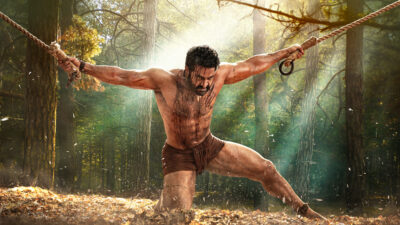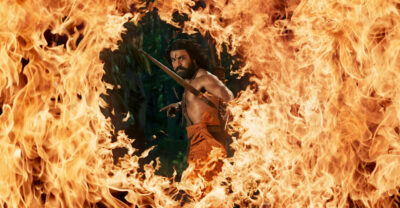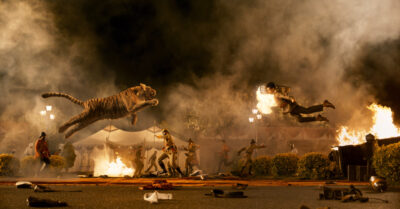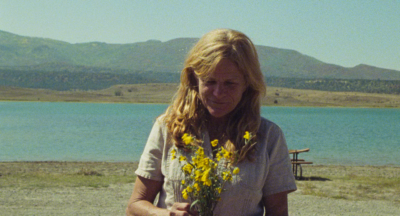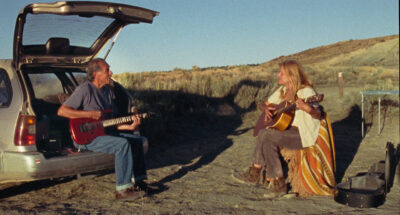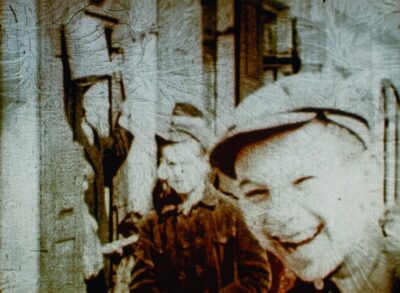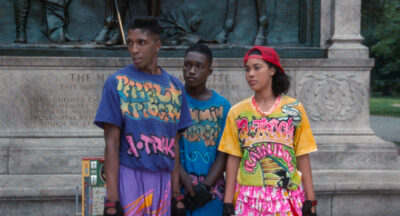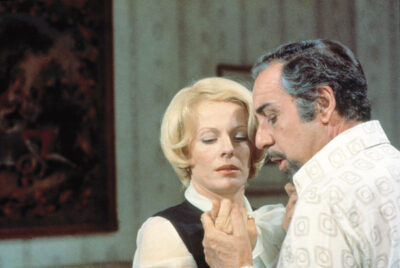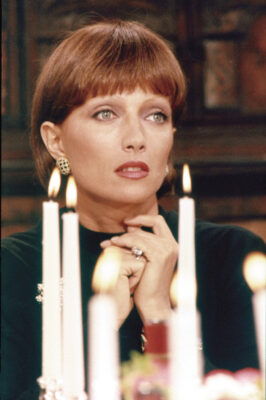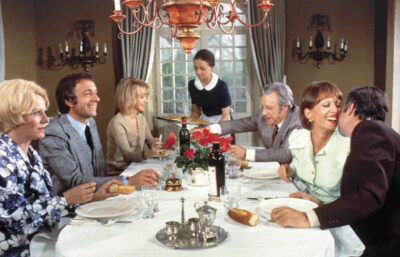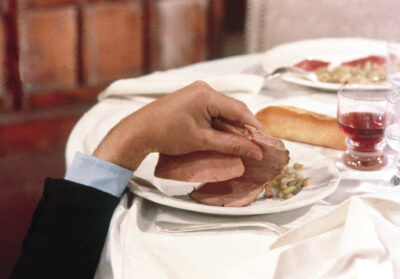One of the most magnetic movie stars in cinema, Javier Bardem’s new workplace comedy-drama The Good Boss starts August 26 at the Royal. We’ll expand it to our other theaters in the subsequent weeks. The film is about Básculas Blanco, a Spanish company producing industrial scales in a provincial Spanish town, as it awaits the imminent visit from a committee which holds the firm’s fate in their hands: will they honor Básculas with a local Business Excellence award? Everything has to be perfect for the visit. Working against the clock, the company’s proprietor, Blanco (Bardem) pulls out all the stops to address and resolve issues with his employees, crossing every imaginable line in the process.

“Reminiscent of the Coen brothers’ trademark cinematic sarcasm… slickly entertaining.” ~ Jordan Mintzer, Hollywood Reporter

“It’s Javier Bardem’s show as he reunites with Fernando Leon de Aranoa for this parable of power.” ~ Jonathan Holland, Screen International
a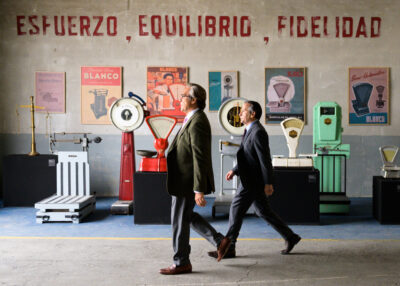
“Javier Bardem gives a powerhouse performance.” ~ David Stratton, The Australian
Here’s a clip from the film:

